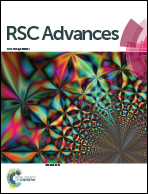Identification and analysis of the currently available high-confidence three-dimensional activity cliffs
Abstract
Three-dimensional activity cliffs (3D-cliffs) were determined on the basis of the X-ray structures of protein–ligand complexes currently available in the Protein Data Bank (PDB). For a given target, all the bound small molecular ligands were compared in a pairwise manner and ligand pairs with at least 80% 3D similarity of their binding modes and an at least 100-fold difference in potency were identified and classified as 3D-cliffs. Only high-confidence activity data were considered. All the 3D-cliffs were subjected to visual inspection and categorized according to ligand–target interaction differences. In addition, relationships between 3D-cliffs were systematically explored. Compared to a previous survey, in which 216 3D-cliffs were detected, the current study identified a total of 630 3D-cliffs that involved 580 unique ligands with activity against 61 human targets belonging to 25 families. Thus, over the past few years, there has been significant growth in high-confidence activity cliff information at the structural level. Notable increases in the number of 3D-cliffs were observed for a number of different targets, in particular, proteases. The pool of currently available 3D-cliffs provides a rich source of information for structure–activity relationship (SAR) analysis and structure-based design.


 Please wait while we load your content...
Please wait while we load your content...